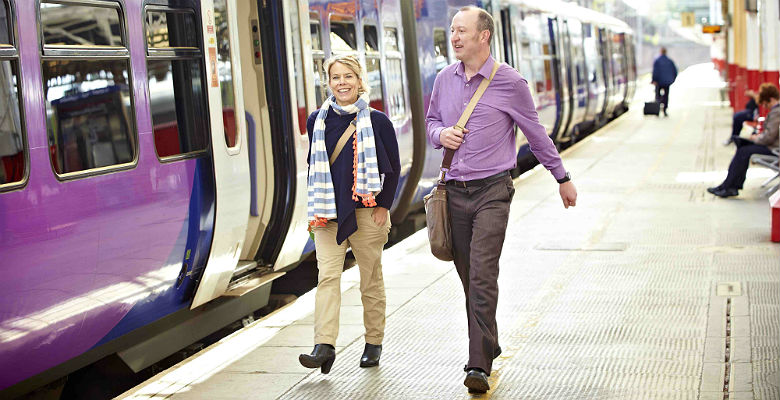Reducing Business Mileage
This toolkit offers some great ideas on how to reduce business mileage; introducing any one of these options could help reduce your business costs. It also includes a business case study from an Exeter company.

- It can save you money on travel costs;
- It can make your staff fitter, healthier and happier;
- It may encourage staff to travel more sustainably to and from work as well as during work hours;
- It may help towards your business travel plan; and
- It reduces the risk of your staff being involved in an accident.
Restructuring your business mileage policy can make business travel more cost effective. Options could include:
- Introduce a cycling and/or walking mileage allowance.
- Reduce your business mileage rates – high business mileage payments can encourage employees to drive unnecessary miles due to financial gain.
- Provide a ‘flat rate’ for mileage payments which does not discriminate in favour of larger cars.
Reducing the number of car trips made for business travel can not only reduce costs, but can also increase the amount of productive staff time. This can be achieved by making alternative travel choices more attractive than lone driving:
- Introduce tele/video-conferencing facilities and promote the increased use of e-mail, messenger as well as file-sharing and document collaboration tools;
- Consider purchasing public transport season tickets for staff making regular business trips to the same destination, or buy ‘pool tickets’ so any member of staff can take the ticket for meetings, training, or whenever necessary;
- Introduce a pool bike scheme and encourage employees to travel to meetings or training by bike over short distances – the average distance cycled in 2015 in the UK was three miles but depending on their level of fitness and confidence, people cycle much longer distances;
- Set up an e-bike scheme – they allow users to cycle further with the same physical effort and might encourage those willing to cycle but afraid of arriving at meetings in sweaty clothes – see the case study below for an idea of how the scheme works;
- Encourage travel using public transport by providing your staff with up-to-date travel information;
- Provide pool cars or join a car club, which can be booked by staff for business trips or site visits as and when they are needed – joining a car club or providing pool cars can be cheaper than covering staff travel costs and also safer, as car club vehicles are usually newer than the average vehicle on the road;
- Encourage staff to car-share when travelling to training or meetings; and
- Incorporate electric vehicles into your company car fleet.
